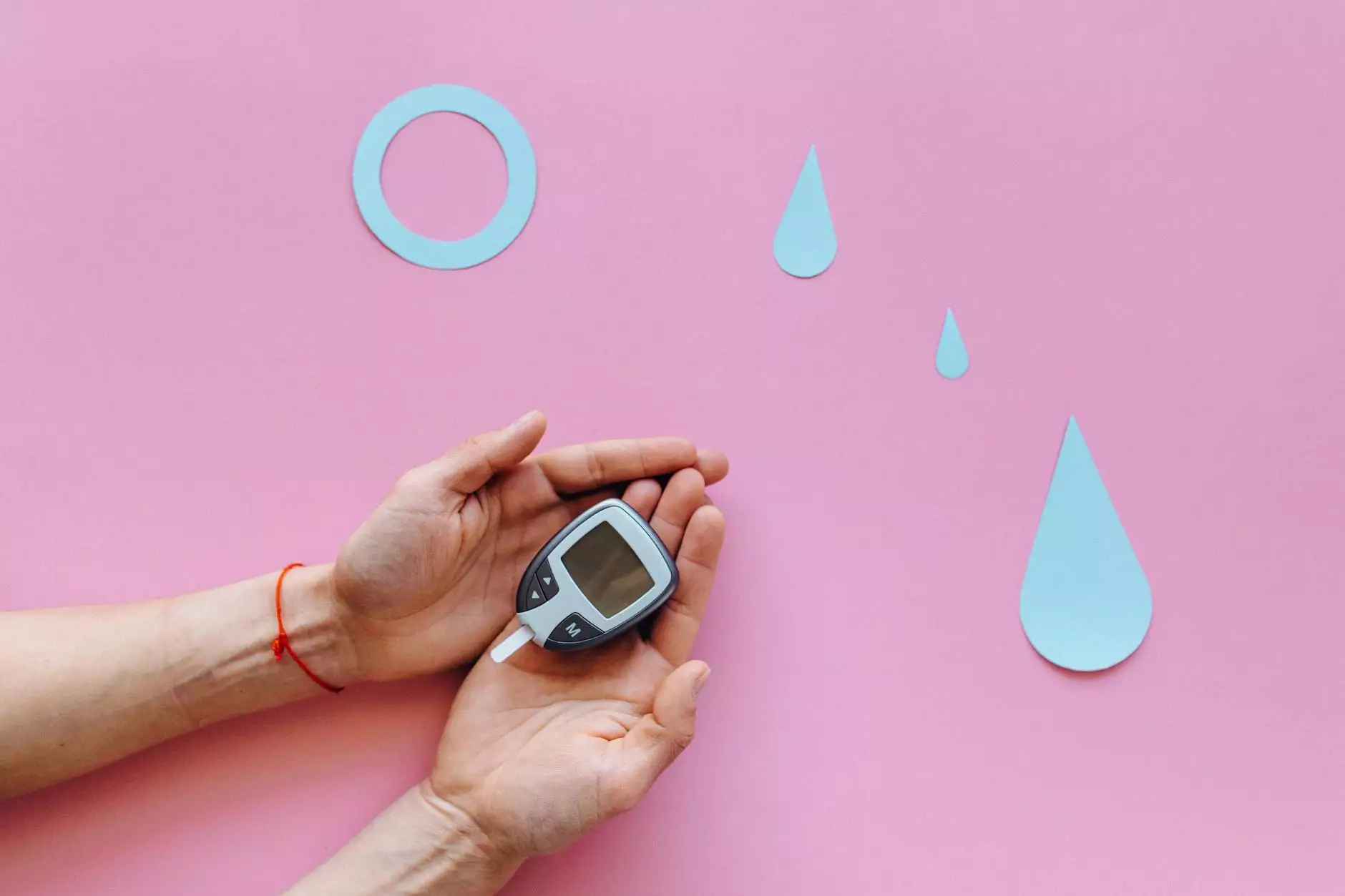Anatomy Lesson: The Back, Our Central Support Structure - Anointed and Blessed Home Health Care
Medications
Introduction
Welcome to Anointed and Blessed Home Health Care's in-depth anatomy lesson on the back, our central support structure. In this article, we will explore the importance of understanding the back's structure and functionality for maintaining overall well-being.
The Importance of a Healthy Back
The back plays a crucial role in our daily lives, supporting our body's weight and providing stability during movement. A healthy back enables us to perform everyday activities such as walking, sitting, lifting, and bending without pain or discomfort.
Anatomy of the Back
The back consists of several interconnected structures that work together to ensure stability and mobility. Let's take a closer look at each of these components:
The Spine
The spine, also known as the vertebral column, is the main structure of the back. It is composed of individual bones called vertebrae stacked on top of one another, forming a flexible and protective column. The spine has three main regions: the cervical (neck), thoracic (mid-back), and lumbar (lower back) spine.
Intervertebral Discs
Located between each pair of vertebrae, intervertebral discs act as shock absorbers, allowing flexibility and preventing bone-on-bone contact. These discs consist of a tough outer layer called the annulus fibrosus and a gel-like inner core known as the nucleus pulposus.
Back Muscles
The back is supported and moved by a network of muscles. The erector spinae muscles, located on either side of the spine, provide stability and help maintain an upright posture. The deep muscles, such as the multifidus and transverse abdominis, assist in controlling movement and enhancing core strength.
Ligaments
Ligaments are bands of tough, fibrous tissue that connect bones together, providing stability and preventing excessive movement. In the back, ligaments help support the spine and protect it from injuries.
Common Back Problems
Despite the back's incredible resilience, it is susceptible to various conditions and injuries. Some common back problems include:
- Back pain: Back pain is a prevalent issue that can arise from muscle strains, herniated discs, spinal stenosis, or poor posture.
- Scoliosis: Scoliosis is a sideways curvature of the spine that can develop during childhood or adolescence.
- Spinal stenosis: Spinal stenosis is a narrowing of the spinal canal, causing compression of the nerves and resulting in pain and mobility limitations.
- Herniated discs: Herniated discs occur when the gel-like inner core of an intervertebral disc protrudes through its outer layer, leading to nerve impingement and pain.
Maintaining a Healthy Back
Proper care and maintenance of the back are essential for preventing and managing back problems. Here are some tips for maintaining a healthy back:
1. Good Posture
Practice good posture during daily activities, such as sitting and standing. Keep your back straight, shoulders relaxed, and head aligned with your spine.
2. Regular Exercise
Engage in regular exercises that strengthen the back muscles, such as swimming, yoga, or pilates. These activities help improve flexibility, posture, and overall back health.
3. Proper Lifting Techniques
When lifting heavy objects, use your legs instead of your back. Bend your knees, keep the object close to your body, and avoid twisting or jerking movements.
4. Ergonomic Work Environment
Create an ergonomic work environment by adjusting your chair, desk height, and computer setup to promote proper posture and reduce strain on your back.
5. Adequate Rest and Sleep
Ensure you get enough rest and sleep to allow your back muscles to recover and rejuvenate. Use a supportive mattress and pillow that properly align your spine.
Conclusion
Understanding the anatomy of the back is crucial for maintaining a healthy and pain-free life. By taking care of our central support structure, we can prevent back problems and enjoy an active lifestyle.
At Anointed and Blessed Home Health Care, we believe in providing comprehensive care and educating our clients on important topics like back health. If you have any questions or need assistance with your back-related concerns, feel free to reach out to us. Together, let's prioritize your well-being.




